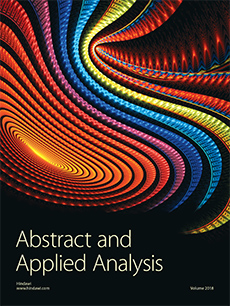Abstract
Pulsatile flow of blood in narrow tapered arteries with mild overlapping stenosis in the presence of periodic body acceleration is analyzed mathematically, treating it as two-fluid model with the suspension of all the erythrocytes in the core region as non-Newtonian fluid with yield stress and the plasma in the peripheral layer region as Newtonian. The non-Newtonian fluid with yield stress in the core region is assumed as (i) Herschel-Bulkley fluid and (ii) Casson fluid. The expressions for the shear stress, velocity, flow rate, wall shear stress, plug core radius, and longitudinal impedance to flow obtained by Sankar (2010) for two-fluid Herschel-Bulkley model and Sankar and Lee (2011) for two-fluid Casson model are used to compute the data for comparing these fluid models. It is observed that the plug core radius, wall shear stress, and longitudinal impedance to flow are lower for the two-fluid H-B model compared to the corresponding flow quantities of the two-fluid Casson model. It is noted that the plug core radius and longitudinal impedance to flow increases with the increase of the maximum depth of the stenosis. The mean velocity and mean flow rate of two-fluid H-B model are higher than those of the two-fluid Casson model.
Citation
D. S. Sankar. Yazariah Yatim. "Comparative Analysis of Mathematical Models for Blood Flow in Tapered Constricted Arteries." Abstr. Appl. Anal. 2012 1 - 34, 2012. https://doi.org/10.1155/2012/235960
Information





